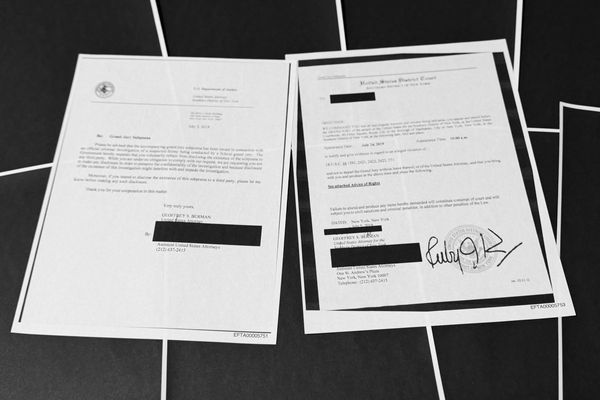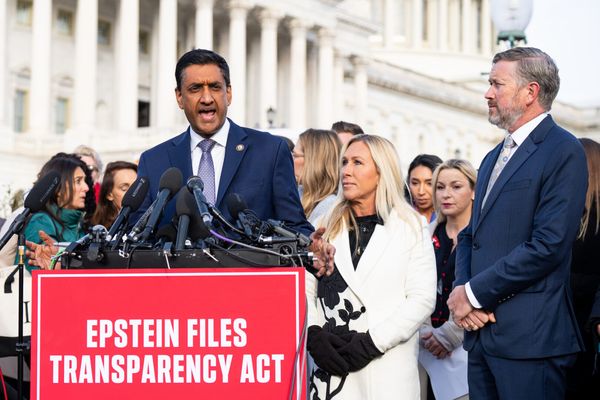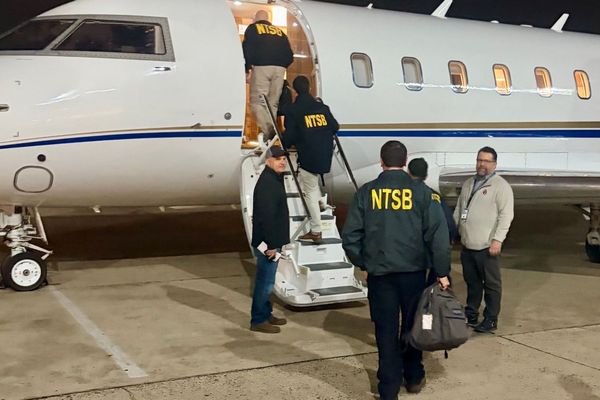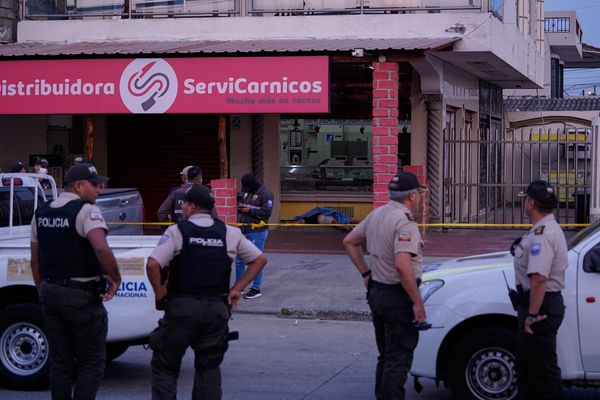
Picture this: you stroll into the grocery store in mid-November expecting to grab all your holiday meal staples, only to find empty shelves—or worse, only the smallest turkeys. It’s frustrating, especially when you’ve done this same holiday routine for years and never saw this coming. Understanding why holiday food shortages tend to begin earlier than expected can help you plan better, save money, and avoid scrambling at the last minute. If you know the hidden triggers and supply chain quirks, you can beat the rush. Here are the major reasons holiday food shortages always creep up weeks ahead of Thanksgiving or Christmas—and what you can do to stay ahead of them.
Early Demand Spikes & Consumer Panic Buying
One reason holiday food shortages start early is that consumers begin stocking up well before the official season. As the weather shifts and retailers start rolling out promotions, people worry supplies won’t last, so they buy items early. That surge in demand, even if moderate, strains supply chains that aren’t yet prepared for holiday volumes. Panic buying of staples like turkeys, side-dish ingredients, and canned goods intensifies the pressure, often before production and shipping are fully scaled. Retailers see foreboding signs—fast-moving inventory—and that accelerates reordering, which can itself create shortages if suppliers lag.
Supply Chain Bottlenecks & Transportation Delays
Another major cause is that the food supply chain involves many moving parts: farms, processors, packaging, transport, cold storage, and retailers. When any link in that chain slows—even for one product—it can ripple across many items. Holiday food shortages often result from shipping delays at ports, truck driver shortages, or a lack of drivers in cold chain transport (refrigerated trucking). Add in increased freight costs, labor shortages, or unexpected weather events, and the capacity to move food safely, on time, starts to break down weeks ahead of the holiday. Because “just-in-time” inventory systems are common, there’s little buffer to absorb disruptions—and shortages show up early.
Labor Shortages in Farming, Processing, and Packing
Getting holiday foods ready involves more than just growing crops; harvesting, processing, packaging, and transporting require a workforce. If any of these sectors experiences labor shortages—due to illness, immigration policy, turnover, or even seasonal workers being unavailable—that delays the flow of food. For example, packing plants might run more slowly, or cold storage facilities may struggle to staff enough workers to move products efficiently. When these labor issues happen earlier in the season, the buildup needed for holiday demand doesn’t happen in time. These delays mean such perishable and seasonal items arrive late or in reduced quantity, triggering early holiday food shortages.
Price Inflation & Cost Signals Prompting Pull-Forward Buying
Rising prices are often a warning sign that holiday food shortages might follow. When prices of feed, fuel, packaging, or raw ingredients go up, producers may reduce output or pass costs along, leading consumers to anticipate shortages. Once shoppers spot inflation on turkeys, cranberries, sugar, or other holiday staples, they tend to buy earlier to lock in lower prices or avoid paying even more later. That “pull-forward” demand intensifies pressure on supply before the normal holiday season. Meanwhile, suppliers may hesitate to produce more if input costs are volatile or unpredictable, further contributing to shortages.
Packaging, Inputs, & External Disruptions
Often overlooked is how non-food inputs—like packaging, crates, pallets, refrigeration units—are essential to getting food from farm to table. If packaging materials are delayed due to shortages, customs, or shipping of plastics or cardboard, then even perfectly good food can’t be shipped or stored properly. Seasonal shifts such as frost, storms, or extreme weather can damage crops, requiring more inputs or causing loss. Geopolitical events, trade restrictions, or port congestion also disrupt the import/export of key ingredients or packaging. All these external disruptions often occur before the holiday season but manifest in shortages right as consumers are expecting full grocery shelves.
Retailers & Distributors Planning Delays
Retailers often plan promotions like Black Friday or early holiday sales weeks ahead and shift inventory to match. That means food suppliers and distributors are told to provide stock earlier to meet those promotions, pre-stock shelves, or set up displays. Sometimes, fresh food items are pulled forward to meet display deadlines, leaving less for regular inventories later. In addition, some retailers anticipate the earlier demand and preemptively order more, which compounds demand on processors and producers. This planning behavior, while intended to ensure stock, sometimes causes shortages in particular items even before the holiday week begins.
What You Can Do to Outsmart the Shortages
Recognizing these patterns gives you real power. First, make your shopping list early and buy non-perishables in advance—items like canned sides, baking supplies, spices, and drinks. Second, watch for early sales and promotions; locking in prices early may save you money. Third, consider alternative or substitute items in case your favorite brand is out of stock (like switching types of stuffing, brands of cranberry sauce, or vegetable sides). Fourth, buy from local producers when possible—they may not depend as heavily on long supply chains. Fifth, set reminders to check store inventory weekly to spot shortages ahead of time and adjust your plan.
What This Teaches About Holiday Food Safety & Strategy
Holiday food shortages are rarely sudden or random—they’re the result of predictable pressures in demand, logistics, and input supply. The good news is that by understanding why holiday food shortages always tend to start weeks ahead, you can minimize stress, avoid overpaying, and save your holiday meals. Smart planning, flexibility, and early action give you control when others are rushing. So instead of waiting for the shelves to empty, you can dine with confidence.
What holiday foods have you found hard to get at the last minute, and what tricks do you use to avoid the stress of shortages? Share your stories in the comments!
You May Also Like
- What’s Causing the Shortage of Ziplock Bags in Big Cities?
- 8 Everyday Products Facing Ingredient Shortages
- Why These 5 Items Are Quietly Removed From Flyers Every Holiday Season
- 12 Pantry Items Historically Vulnerable to Shortages (And Why You Should Stock Them)
- Stock Up On These 5 Foods Before Tariffs Cause Shortages
The post Why Holiday Food Shortages Always Start Weeks Earlier Than You Expect appeared first on Grocery Coupon Guide.







